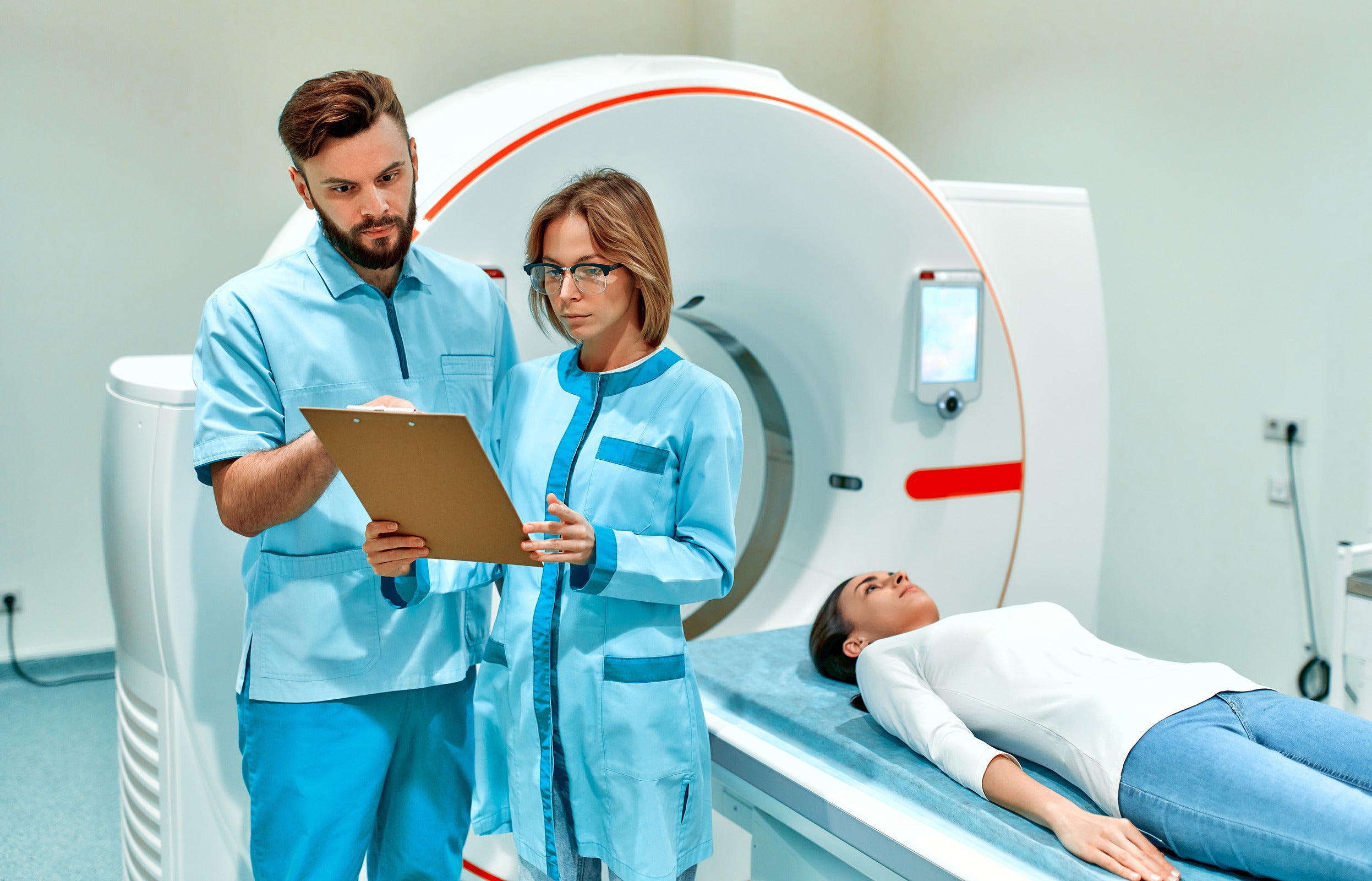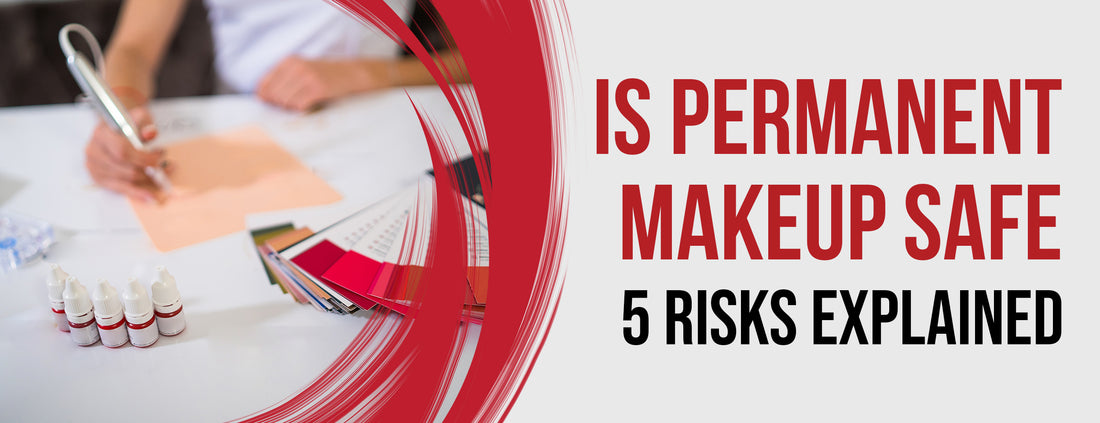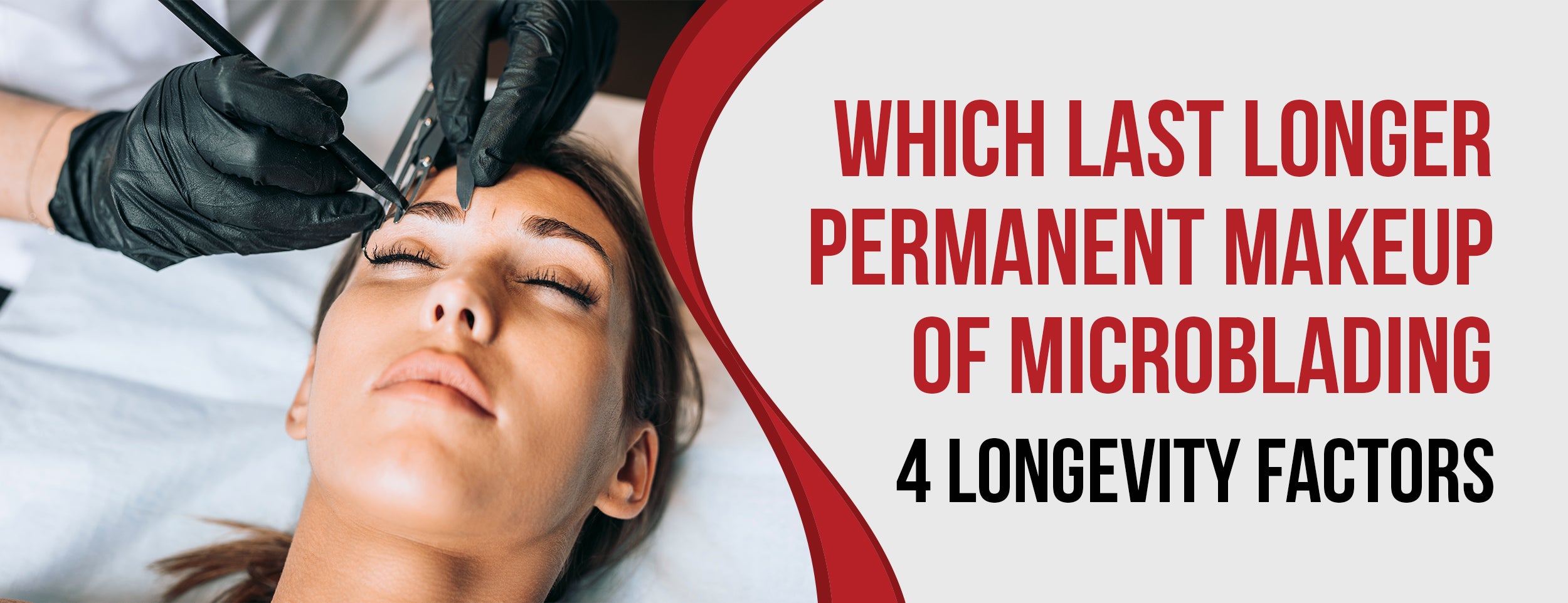Permanent makeup is a popular choice for concealing imperfections and enhancing your features. It's important to address your concerns about this procedure.
When done by a professional and experienced artist, permanent makeup is generally considered safe. It's crucial to be aware of the potential risks associated with it.
In this article, we will discuss the safety aspects of permanent makeup and explore its suitability for various situations. We will explore whether it's safe to undergo permanent makeup while breastfeeding, its effectiveness in concealing scars, and any concerns about having an MRI with permanent makeup.
Is Permanent Makeup Safe: An Overview

Micropigmentation, or permanent makeup or cosmetic tattooing, is a technique that entails embedding pigments into the dermal layer of the skin. It aims to achieve enduring cosmetic effects like eyeliner, eyebrows, or lip color. Executing precisely can save time and accentuate your innate beauty, offering a lasting solution.
Safety First: Permanent Makeup Basics
When performed by a skilled practitioner in a sterile environment using appropriate techniques and aftercare, permanent makeup is commonly considered a safe procedure. The following risks and complications must be acknowledged as part of any cosmetic procedure:
Allergic Reactions
Certain may experience allergies to the pigments utilized in permanent makeup, resulting in skin irritation, redness, or itching. It is crucial to undergo patch tests before the procedure to identify potential allergies and ensure a safe and comfortable experience.

Infections
There is a risk of infections associated with the pigments or needles used in permanent makeup, which can spread to other areas of the body and lead to severe complications like hepatitis, HIV, or sepsis.
Such infections may occur due to inadequate technique, poor hygiene, inadequate aftercare, or compromised immune system function. It is crucial to be aware of these risks and to prioritize safety when considering permanent makeup procedures.
Scarring
Scarring or keloids may develop in rare instances, especially when the healing process is compromised. Maintaining cleanliness and properly protecting the treated area is paramount to minimize such occurrences.
Pigment Migration
Occasionally, pigments may stray beyond their intended boundaries, resulting in uneven or undesirable outcomes. Choosing a highly skilled practitioner is pivotal in avoiding such complications and ensuring optimal results.
MRI Interference
It is crucial to know that permanent makeup pigments, such as iron oxide, might contain metal elements. These components can interact with MRI machines, leading to discomfort or image distortion. It is important always to inform the MRI technician before the scan if you have permanent makeup.
Semi Permanent Makeup: A Safer Alternative?

Semi-permanent makeup, a procedure akin to permanent makeup, employs specialized pigments that gradually fade within one to three years. Although deemed generally safe, it has potential risks, including swelling, bruising, itching, scabbing, infection, allergic reactions, or uneven outcomes. Maintenance may necessitate more frequent attention compared to permanent makeup.
Breastfeeding and Permanent Makeup: A No-Go
As a breastfeeding mother, you may be concerned about permanent makeup procedures' safety. Avoiding these procedures during this period is highly advised due to the potential risks of infection or adverse reactions. Both your breast milk and your baby's health could be affected. It is recommended to wait until after breastfeeding to ensure the well-being of both you and your little one.

The Allure of Permanent Makeup Eyeliner
Permanent makeup eyeliner is a favored option to enhance the eyes' allure. When administered by a certified technician in a sanitary environment, it is generally considered safe. Potential complications may arise, such as eye irritation, infection, inflammation, corneal abrasion, pigment migration, or eyelash loss. Removal or alterations might prove challenging, hence the importance of carefully selecting your practitioner.
Restoring Confidence: Permanent Makeup for Scars
Permanent makeup for scars offers a valuable solution to individuals seeking to conceal the marks left by injuries or surgeries. It not only enhances self-confidence but also improves appearance.
Not all scars are suitable candidates for this procedure. The scar must be fully healed, stable, flat, and light in color. To achieve optimal results, it is imperative to consult experienced practitioners.
Permanent Makeup and MRI: A Magnetic Concern

While scans are typically considered safe, it's important to note that they may interact with the metal components present in permanent makeup pigments. This interaction can lead to discomfort or distortion during or after the scan.
Informing the MRI technician about any permanent makeup you have is crucial. In certain instances, opting for a CT scan might be a more prudent alternative.
Skin Safety and Permanent Makeup
Permanent makeup can significantly impact individuals with skin conditions such as alopecia, vitiligo, or cleft lip. It is crucial to seek the services of qualified professionals to avoid potential complications.
When performed incorrectly, it can result in skin damage, scarring, infections, allergic reactions, pigment migration, granulomas, or keloids. Proper sun protection is vital, as permanent makeup can increase the skin's sensitivity to sun exposure. Stay informed and make informed choices to ensure the best results.
Conclusion:
In summary, the safety of permanent makeup largely relies on the expertise of the practitioner, the hygienic execution of the procedure, and diligent adherence to proper aftercare.
While it offers convenience and enhances confidence, it is crucial to acknowledge the potential risks and make well-informed choices. If you are contemplating permanent makeup, it is advisable to consult a qualified professional who can address your unique requirements and expectations, ensuring a secure and gratifying experience.








